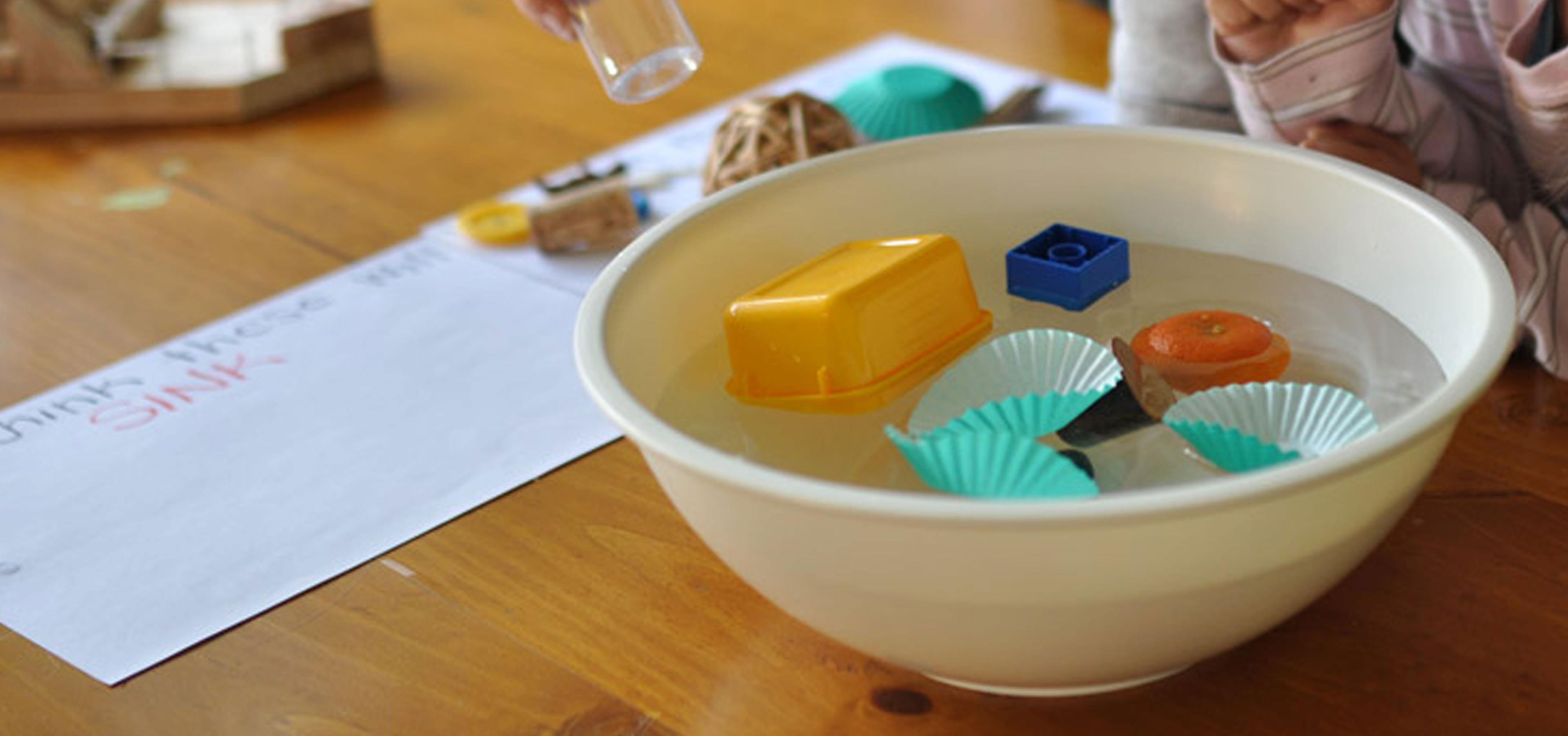Buoyancy is a fundamental concept in physics that describes the ability of an object to float in a fluid. In Montessori education, buoyancy is introduced as a scientific concept to children in a way that is both fun and educational.
Montessori materials for teaching buoyancy
There are several Montessori materials that can be used to teach buoyancy, including the buoyancy tank, the sinking and floating exercise, and the Montessori sink and float game.
The buoyancy tank is a clear plastic tank that allows children to experiment with objects of different weights and densities in water. Children can observe how objects float or sink in water and learn about the factors that affect buoyancy.
The sinking and floating exercise is another Montessori material that can be used to teach buoyancy. This exercise consists of a tray filled with water, along with a collection of small objects that can float or sink. Children are encouraged to experiment with the objects and observe how they behave in water.
The Montessori sink and float game is a fun and engaging way to teach children about buoyancy. The game consists of a collection of objects that can either sink or float in water. Children take turns guessing whether each object will sink or float, and then test their predictions by placing the objects in water.

Benefits of teaching buoyancy in Montessori education
Through these materials and activities, children learn about the factors that affect buoyancy, such as weight, density, and volume. They also develop their scientific thinking skills, including observation, experimentation, and prediction.
In addition to the Montessori materials, there are also several real-life examples of buoyancy that can be used to teach children about this concept. For example, children can observe how boats and ships float in water, and how life jackets and buoys keep people afloat in the water.
In conclusion, teaching buoyancy in Montessori education is an important part of introducing children to scientific concepts in a fun and engaging way. By exploring buoyancy in this way, children can develop their scientific thinking skills and curiosity about the world around them.

